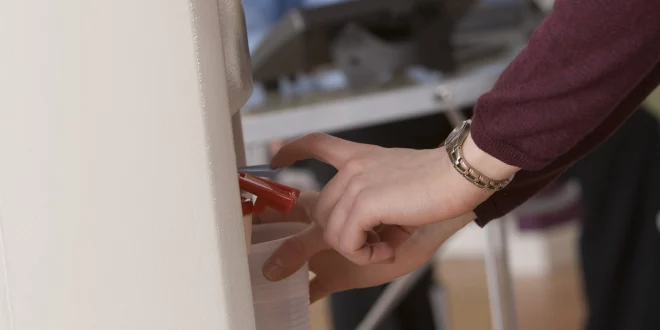Water Cooler Talk Goes Online
Water Cooler Talk Goes Online
Does your daily work routine today differ from pre-pandemic times? If you asked workers whose main work location moved from a busy office to their home address, the answer is likely a resounding “Yes!” You lost regular occurrences that may not have seemed special at the time, but now they are gone, they suddenly have more meaning. It is the little things, like grabbing a piece of cake and singing an off-tune round of happy birthday for a colleague, or rehashing your weekend with an office neighbor, that now seem meaningful. “Water cooler” talk is one of those items. Can companies figure out a formula to recreate water cooler talk in a virtual environment?
Water cooler talk is a seemingly old school term referring to the casual social interactions and work small talk that take place spontaneously when you run into a colleague from down the hall while grabbing a snack or cup of coffee in the office kitchen. The interactions were casual, and topics ran the gamut from personal to work. These happenstance meetings where genuine conversations with a colleague you may or may not talk to on a regular day naturally contribute to building trust – an important part of a healthy culture. This was also the birthplace of many innovative ideas, a fact embraced by the late Steve Jobs. Apple invested $5 billion in 2017 to build out the common area and café at headquarters. The cost makes sense when you consider that water cooler talk leads to new ideas and increased profit.
There is no doubt that corporate America is investing in technology. To put it into perspective, the number of Zoom users increased from 10 million pre-pandemic to 300 million in April 2020. One would assume that this results in more virtual collaboration, but these online playgrounds have their limits. While water cooler time was unsupervised, chats and conversations in a virtual platform may be visible to all in the group, including your boss. This was a concern of those trying to recreate this vibe using team collaboration sites like Slack. Additionally, virtual interactions like Zoom or Miro or any number of online social tools require planning. Everyone needs access to the technology, a link or app to join, and a time to connect. It removes spontaneity from the formula. The original water cooler involved none of the above, and that was a part of the magic.
The casual interactions that take place when you pass people in the halls or in the break room can no longer be taken for granted. The good news is that leaders are searching for a virtual solution to the water cooler conundrum. And surprisingly, your office kitchen is a difficult vibe to translate online and requires a bit of effort to fine tune.


